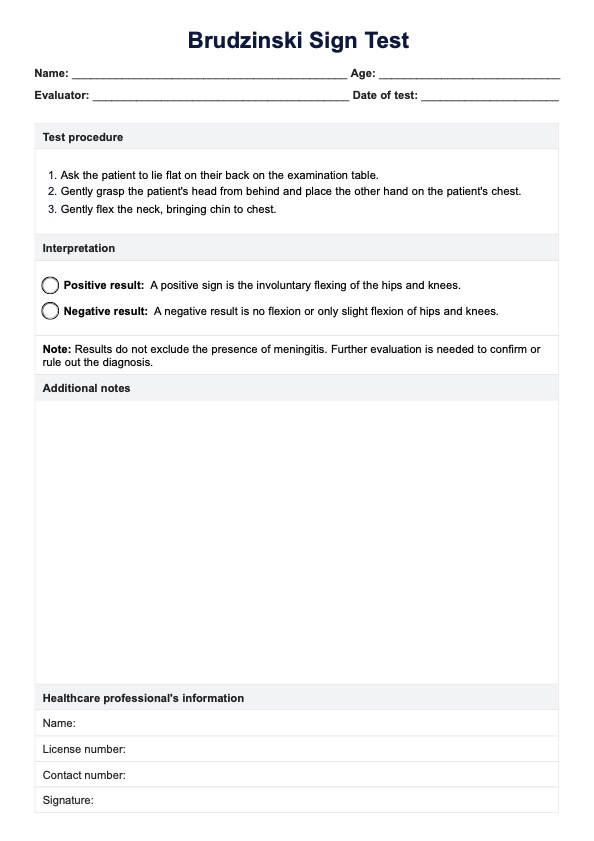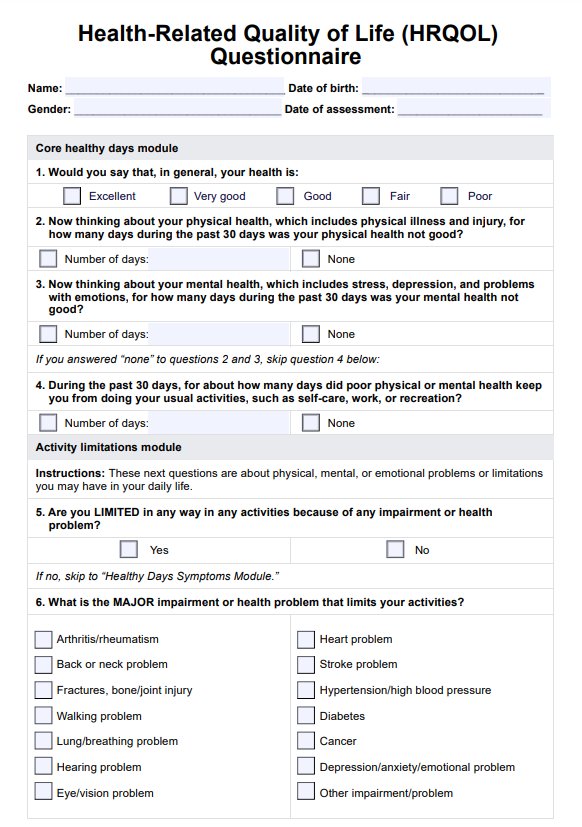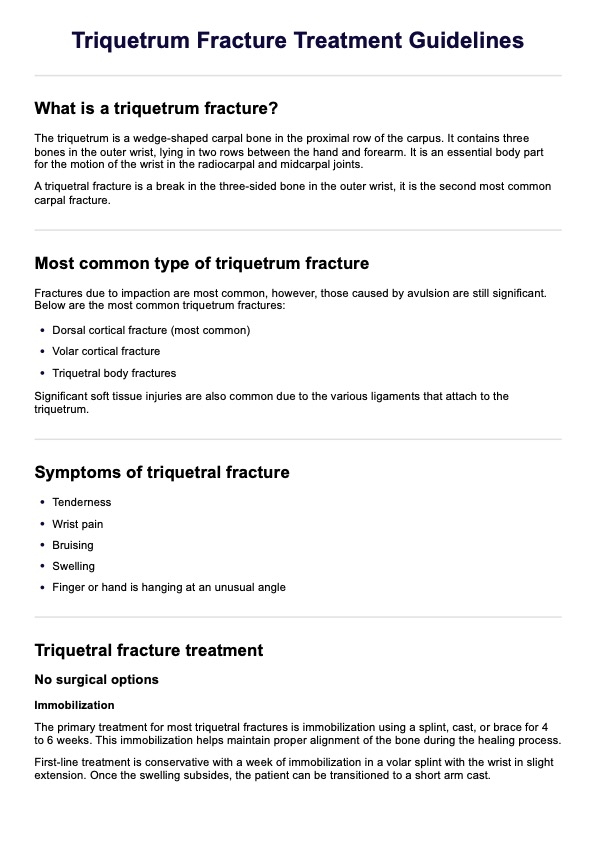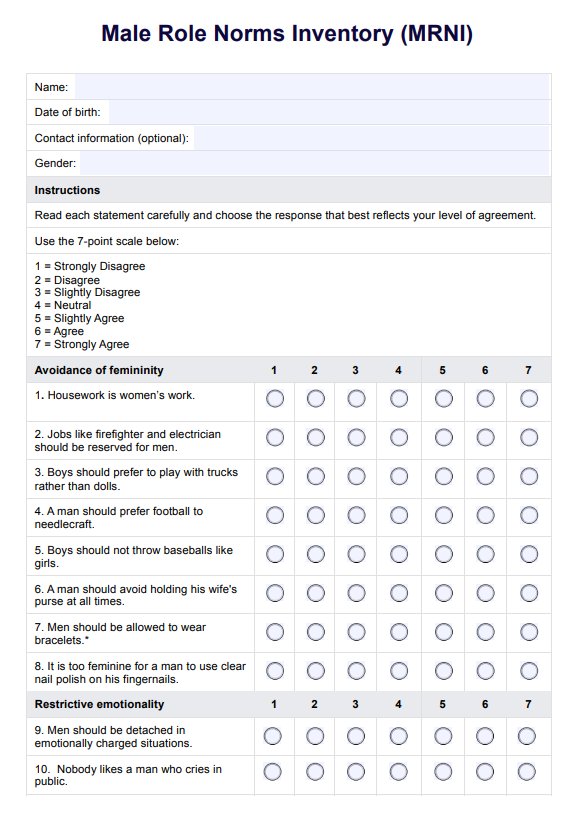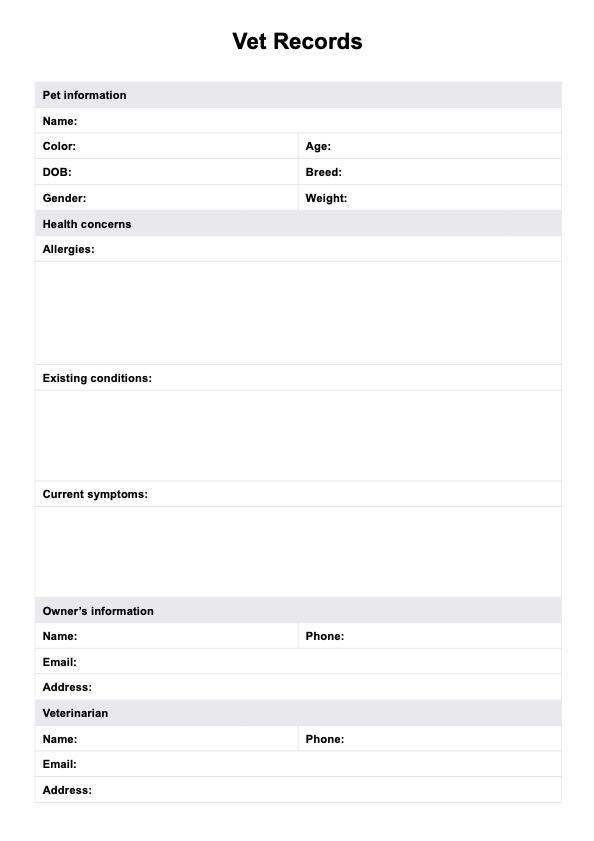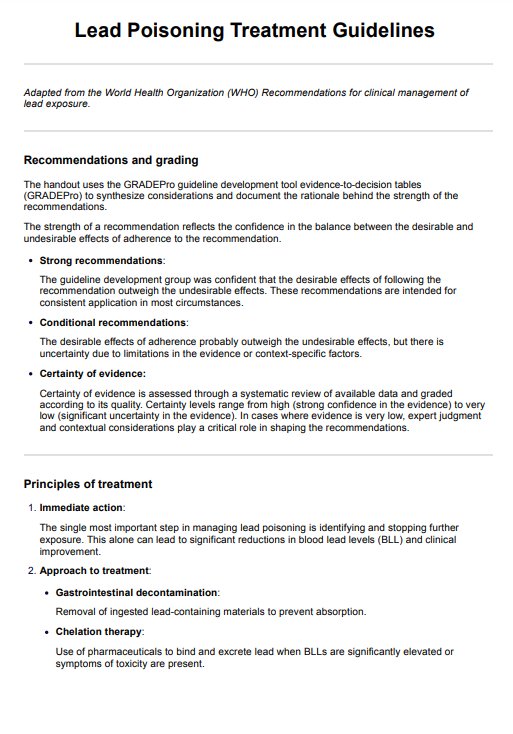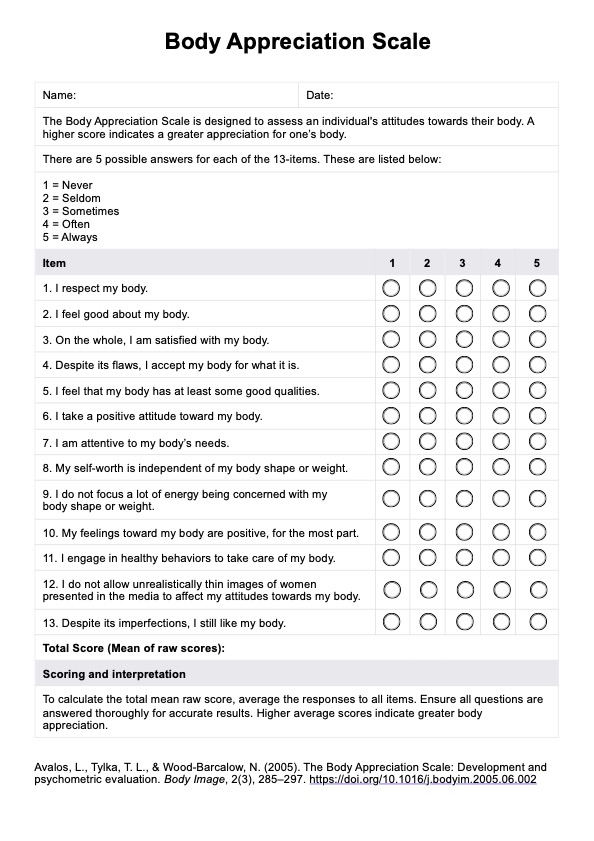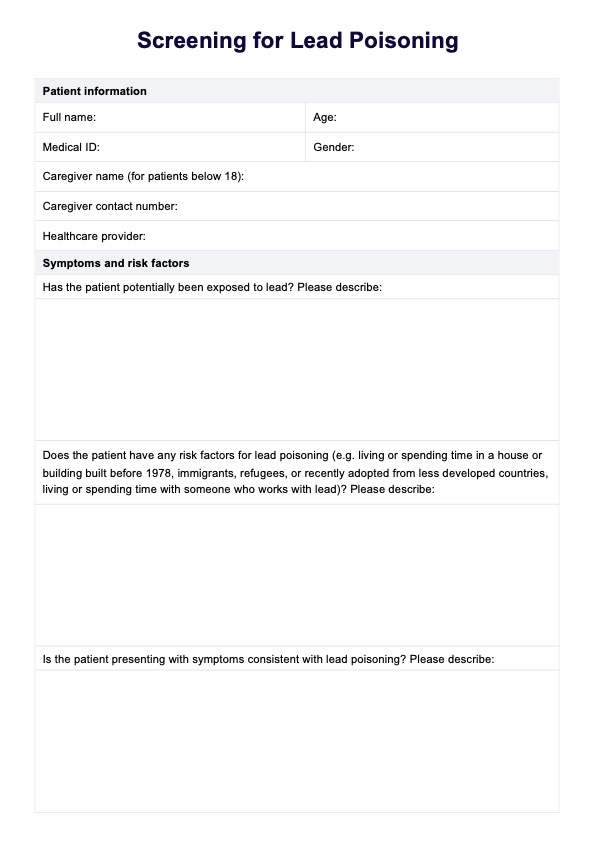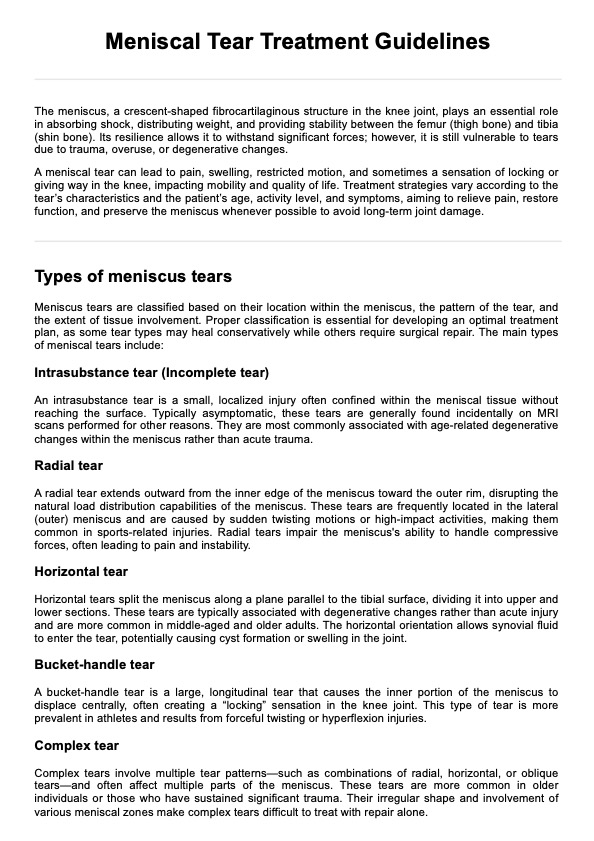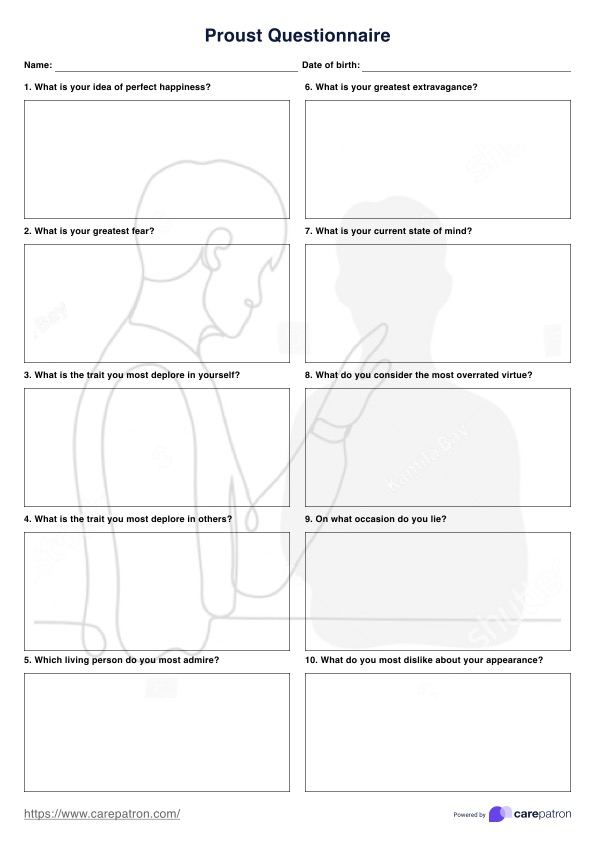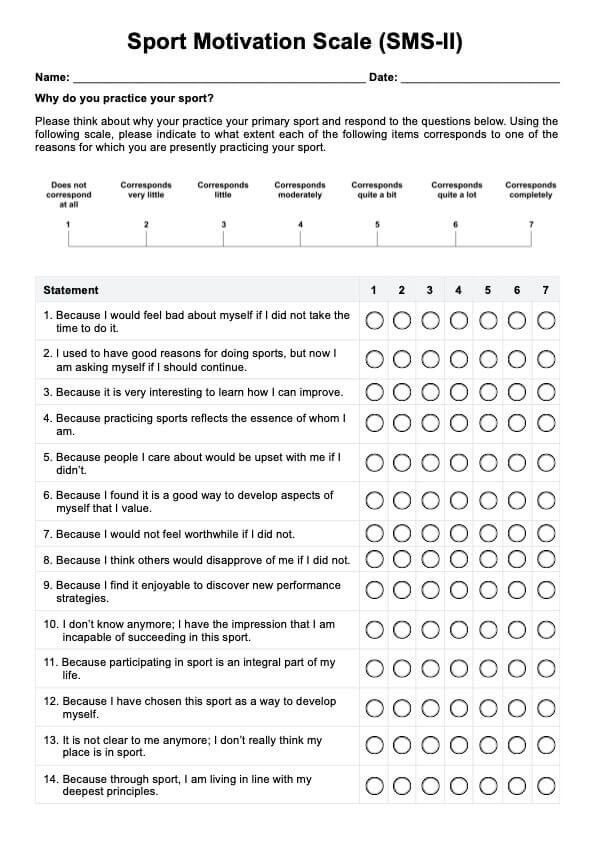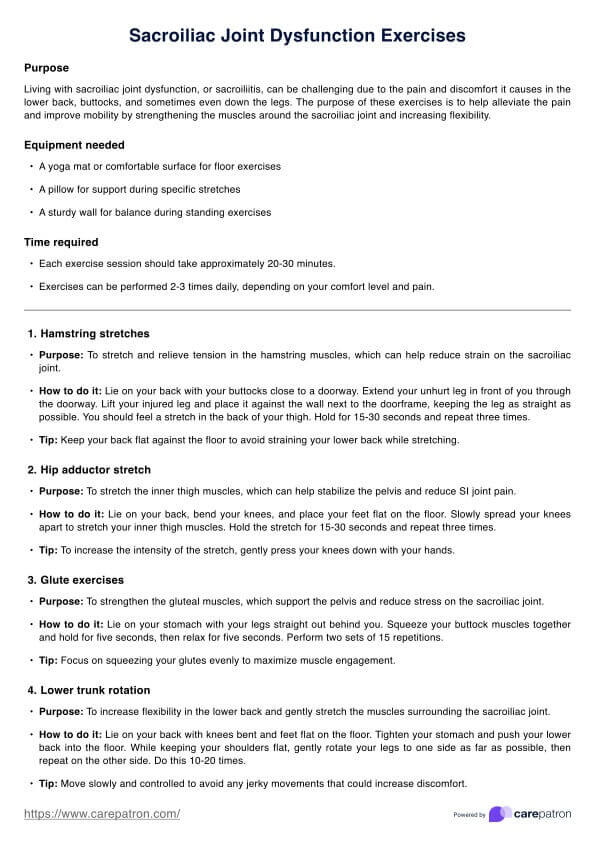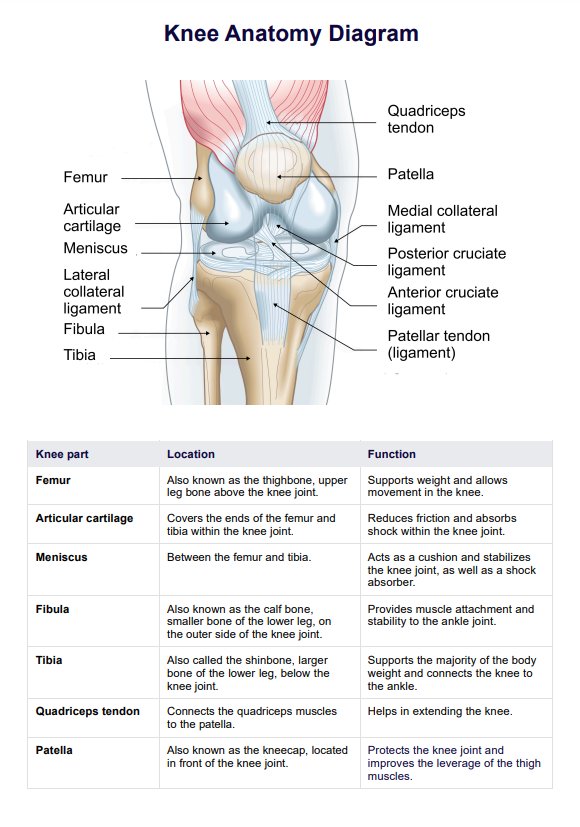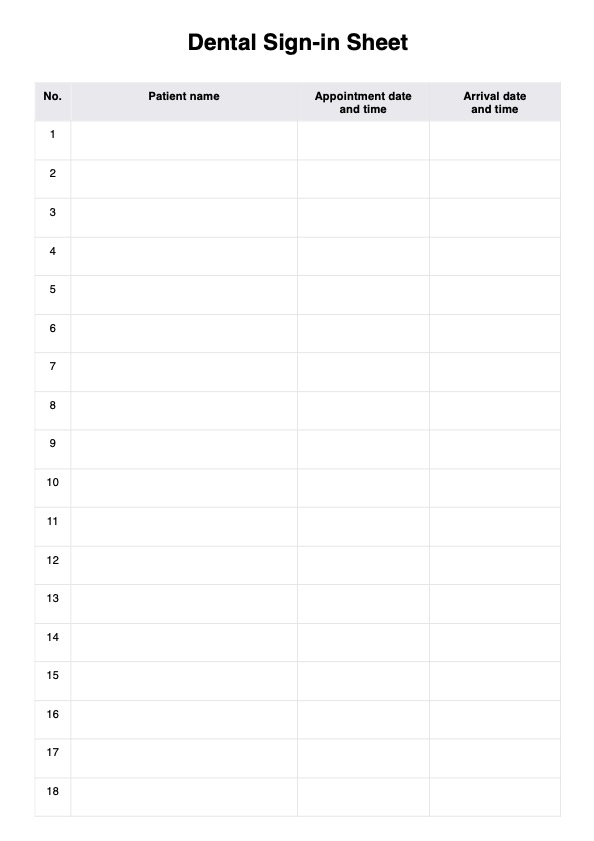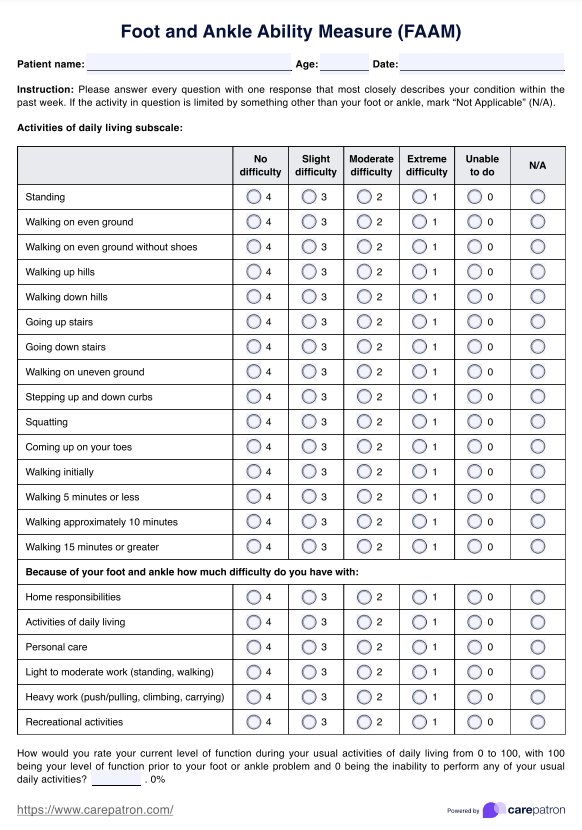Brudzinski Sign Test
Explore the Brudzinski Sign Test for meningitis diagnosis, including test steps, interpretation, and treatment options. Free PDF download available.


What is meningitis?
Meningitis is a serious medical condition characterized by inflammation of the membranes, called meninges, surrounding the brain and spinal cord. This inflammation is typically caused by an infection of the fluid surrounding the brain and spinal cord. Although it can affect anyone, it is most prevalent in infants, young children, and adolescents.
Symptoms of meningitis
The symptoms physical signs of meningitis can develop quickly and may include:
- High fever
- Severe headache
- Stiff neck
- Sensitivity to light (photophobia)
- Nausea and vomiting
- Confusion and difficulty concentrating
- Seizures
- Sleepiness or difficulty waking up
- Skin rash (sometimes, such as in meningococcal meningitis)
Early detection and treatment of these symptoms are critical as meningitis can rapidly become life-threatening.
Causes of meningitis
Meningitis can be caused by various infectious agents, including:
- Bacterial infections: These are the most severe forms of meningitis and can be life-threatening. Common bacteria that cause meningitis include Neisseria meningitidis, Streptococcus pneumoniae, and Haemophilus influenzae Type-B.
- Viral infections: Often less severe than bacterial meningitis, viral meningitis can be caused by enteroviruses, herpes simplex virus, and others.
- Fungal infections: This is less common and tends to occur in people with weakened immune systems, such as those with HIV/AIDS or cancer.
- Parasitic infections: These are rare but can occur.
- Non-infectious causes: Certain drugs, cancers, systemic diseases, and other conditions may also cause meningitis.
Brudzinski Sign Test Template
Brudzinski Sign Test Example
What is the Brudzinski Sign Test?
The Brudzinski Sign Test is a clinical neurological examination used to assess for meningitis. It is named after the Polish physician Josef Brudzinski, who described it in the early 20th century. This test is specifically for detecting meningitis and is designed to detect irritation of the meninges (the protective coverings of the brain and spinal cord).
How is this test conducted?
To perform the Brudzinski Sign Test, a patient lies flat on their back. The examiner then gently lifts the patient's head, bending the neck forward towards the chest. The key observation during this maneuver is the patient’s reaction, particularly the movement of the legs. This test is often performed with the Kernig's sign test.
How are the results interpreted?
The presence of the Brudzinski sign is indicated when the patient involuntarily lifts their knees and hips as the head is flexed forward. This reaction suggests severe meningeal inflammation or irritation. A positive Brudzinski sign is considered a sign of meningitis, although it is not conclusive on its own and must be interpreted in the context of other symptoms and diagnostic tests.
Next steps after conducting this test
After conducting the Brudzinski Sign Test, the following steps are typically taken:
Step 1: Conduct additional tests
If the Brudzinski sign is positive, further diagnostic testing is recommended, such as blood tests, imaging studies like MRI or CT scans, and most importantly, a lumbar puncture to analyze cerebrospinal fluid.
Step 2: Begin empirical treatment
Based on the clinical assessment and the urgency of the situation, empirical antibiotic and/or antiviral therapy may be started even before all diagnostic results are available, especially if acute bacterial meningitis is also suspected.
Step 3: Adjust treatment based on results
Once the results from the additional tests are available, treatment can be adjusted accordingly. This might include changing antibiotics, introducing antifungal or antiviral medications, or implementing supportive therapies for symptom management.
Step 4: Monitor patient response
Close monitoring of the patient’s response to treatment is crucial to ensure effectiveness and adjust therapy as needed based on clinical progression and lab test results.
How to use our Brudzinski Sign Test template
This template is designed to assist healthcare professionals in efficiently conducting and documenting the Brudzinski Sign Test, which assesses clinical symptoms of potential meningitis through neurologic examination. Follow these steps to ensure a thorough and accurate assessment.
Step 1: Record patient information
Begin by filling in the patient’s name, age, test date, and evaluator's name in the designated areas at the top of the template. This is essential for proper record-keeping and identifying the patient’s test results.
Step 2: Prepare the testing environment
Ensure the examination room is quiet and the patient is comfortable. The patient should lie flat on their back on an examination table with no pillows to obstruct the movement of the head or neck.
Step 3: Conduct the test
Use the instructions in the template to perform the test. Choose between a positive or negative test result , depending on the outcome.
Step 5: Analyze and note observations
After completing the test, use the 'Additional notes' section to note any specific observations that could influence a positive test result or its interpretation, such as patient discomfort or incomplete flexion during the test. Further diagnostic actions or referrals should be suggested if the test result is positive.
Step 6: Provide follow-up recommendations
Based on the test findings, outline any recommendations for follow-up, such as additional diagnostic testing, immediate medical intervention, or specialist referrals. This is crucial for patients showing positive signs, as timely diagnosis and treatment are vital for conditions like meningitis.
Benefits of conducting this test
Conducting the Brudzinski Sign Test offers several benefits in a less clinical practice setting, especially when meningitis is suspected:
- Early indication of meningitis: The Brudzinski Sign Test can indicate meningeal irritation early. Although not definitive on its own, a positive sign can prompt immediate further investigations and interventions, potentially leading to a quicker diagnosis.
- Non-invasive and simple: This test is non-invasive and can be performed quickly at the bedside without any special equipment or preparation. This simplicity makes it an accessible diagnostic tool in varied healthcare settings.
- Prompt initiation of treatment: A positive Brudzinski sign can lead to the early initiation of empirical treatment for meningitis. This is crucial as timely administration of antibiotics and other therapies can be life-saving in cases of bacterial meningitis.
- Guidance for further testing: The test helps determine the need for more definitive diagnostic procedures, such as invasive lumbar punctures. Identifying patients needing these tests based on clinical signs can streamline the diagnostic process.
- Cost-effective: It helps in the early screening for meningitis at no additional cost, which is particularly beneficial in resource-limited settings where advanced diagnostic facilities may not be readily available.
Using the Brudzinski Sign Test as part of the initial examination for meningitis can significantly improve diagnostic accuracy and aid in effectively managing patients, guiding diagnosis and treatment strategies.
Treatments for meningitis
Treatments for meningitis vary depending on whether the cause is viral, bacterial, or fungal. Here’s how each type is typically managed:
Bacterial meningitis
Bacterial meningitis is a medical emergency requiring immediate hospitalization. Treatment includes:
- Antibiotics: High-dose intravenous antibiotics are started as soon as possible, often before the exact bacteria are identified, to reduce the risk of severe complications or death.
- Corticosteroids: These may be used to reduce inflammation and help prevent complications such as swelling of the brain and seizures.
- Supportive care: This includes fluids to prevent dehydration, oxygen if there are breathing difficulties, and medications to control fever and seizures.
Viral meningitis
Viral meningitis is generally less severe than bacterial meningitis and often resolves without specific treatment:
- Rest and fluids: Staying well-hydrated and rested is usually recommended.
- Pain relievers: Over-the-counter medications can help relieve fever, headaches, and body aches.
- Antiviral medications: These are occasionally prescribed if a specific virus, such as herpes simplex virus, is the cause.
Fungal meningitis
Fungal meningitis is treated with long courses of high-dose antifungal medications, usually administered intravenously in a hospital:
- Antifungal therapy: The type of antifungal medication used depends on the fungus causing the infection.
- Long-term treatment: To ensure the infection is fully cleared, treatment duration can be lengthy, sometimes lasting several weeks to months.
Supportive care for all types
Regardless of the type, supportive care in a hospital setting is often necessary for managing meningitis effectively. This care can include:
- Monitoring of vital signs: Regular checks to ensure the heart rate, blood pressure, and other vital parameters are stable.
- Fluid management: Intravenous fluids may be necessary to maintain hydration and correct electrolyte imbalances.
- Symptom management: Medications may be given for pain, fever, nausea, or seizures, depending on the patient’s symptoms.
Commonly asked questions
The chances of contracting meningitis vary depending on factors such as age, immune status, and exposure to pathogens, but it is generally considered a rare disease.
A positive Brudzinski sign occurs in elderly patients with meningitis because the inflammation of the meninges increases their sensitivity, causing reflexive leg movements when the neck is flexed.
The Brudzinski sign is primarily associated with meningitis, specifically indicating meningeal irritation or inflammation.


